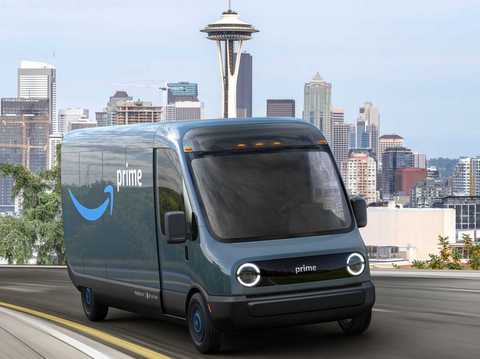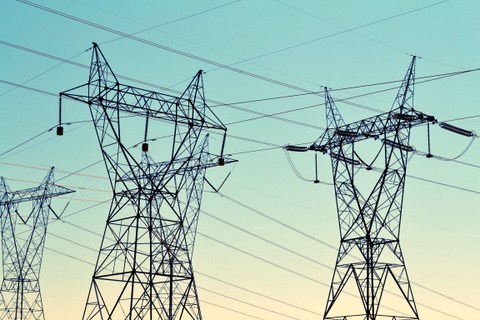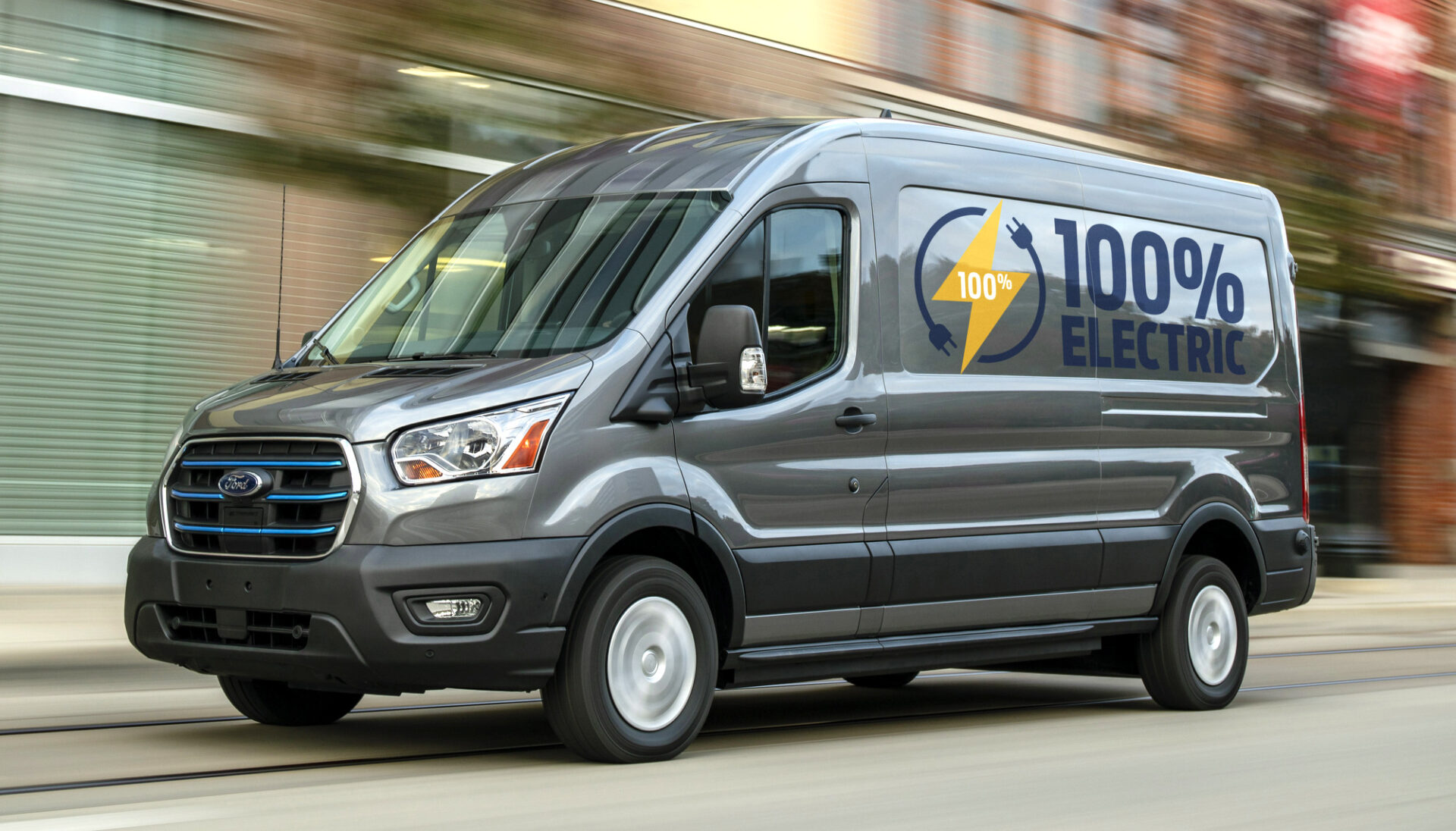Fleet Electrification Drives the Need for Changes
This year, the United States will begin to see an accelerated adoption of electric vehicles (EVs) for last-mile delivery, maintenance and service, freight hauling and public transit fleets; a positive trend, but one that will place additional stress on the grid. Critical stakeholders–utilities, system operators, fleet operators, vehicle manufacturers and policymakers–must act now to begin forecasting and planning for the medium- and long-term impacts of fleet electrification. They also need to identify the priority investments in the needed grid enhancements to accommodate increased charging demand. While electrifying the commercial fleet business would significantly reduce CO2 emissions, the reality is that our nation’s grid is not yet ready to handle this surge of new EVs and associated charging requirements.

Targeting CO2 Emissions with Commercial EVs
The transportation sector alone accounts for 27% of global carbon emissions. Replacing gas- and diesel-powered vehicles with EVs is an essential element of any decarbonization scheme. Equally as important, the electricity used to power EVs will need to come from clean, renewable sources. Addressing transportation decarbonization will require a holistic approach; commercial EV fleets, in particular, have the potential to make a significant impact. For instance, a recent study from M.J. Bradley & Associates found that while medium-duty and heavy-duty trucks are less than 10% of the vehicles on the road, they account for more than 30% of the greenhouse gas emissions and for more than 60 percent of the nitrogen oxide (NOx) and particulate matter emitted by on-road vehicles. While EVs are also growing in popularity among consumers, well-meaning individuals purchasing one EV at a time do not have the tools and the influence to guide the decarbonization of the transportation industry. It will be commercial leaders and the best practices they implement in the adoption of large-scale EV fleets that will have a lasting impact on decarbonization. Also, fleet vehicles are usually high-utilization vehicles and the lower operating costs of EVs supports the business case for the transition. Thus, businesses – rather than individual consumers – have the greatest near-term potential to drive future adoption of EVs.
Preparing the Grid
Embracing EVs at commercial scale could significantly drive down CO2 emissions and bring the U.S. closer to its sustainability goals, but there are many obstacles to embracing this technology, including:

- First, the U.S. electric grid will be sorely challenged by the need to deliver clean power to commercial fleets. The commercial market will likely lead EV adoption, but the resulting strain on the power grid could be disruptive if not managed carefully.
- Second, location. As currently constituted, power grids don’t necessarily have the capacity – in all the right places – needed to support large-scale EV charging needs. This introduces the potential for local grids to become overloaded in areas where multiple EV fleets are clustered. ‘Make ready’ investments may be required by utilities in some areas to account for this increased demand.
- The third challenge will be timing. One element of this challenge is the need to avoid EV charging when it would contribute to peak demand on the grid, which is also when generation may be constrained. The second is the need to charge EVs when renewable generation is available, which can require considerable coordination. Timing will be an especially important consideration for businesses introducing large EV fleets – they will have to implement best practices like charging outside of peak demand periods and avoiding the simultaneous charging of an entire fleet.
One additional, overarching challenge to widespread commercial fleet electrification is the need to modernize the transmission and distribution grids. This planning process will require significant forethought and collaboration among a wide variety of stakeholders, including utilities and policymakers, to prepare for the medium- and long-term impacts of fleet electrification on both transmission and distribution systems.
Investing in a Carbon-Neutral Future
For EVs to see success in the long term, we will need to see both public and private investment to support the transition. The Biden Administration’s infrastructure bill is set to support a national network of 500,000 electric vehicle chargers backed by $7.5 billion in funding. This is the single largest U.S. investment in EV infrastructure and a great first step – but public dollars will not be enough on their own to meet this ambitious goal.
Organizations throughout the transportation industry and ecosystem will need to make strong operational and financial commitments to implement lasting change. Corporations and both private and public investors have an important role to play in funding the establishment of EV charging infrastructure and solving some of the challenges mentioned above; delivering clean power to meet charging demands, addressing the shift toward more renewable electricity sources and navigating the timing of peak energy demand.
Together, partnerships between public and private entities help address the financial demands and overcome regulatory obstacles to establish high-capacity transmission links from areas where renewables are being generated to major load centers and areas with large-scale storage to address timing and location challenges. Investing in this process will facilitate the sharing of power between regions, provide greater flexibility to manage peak demand, and meet the increased need for reliable, clean electricity to power EV fleets.

Looking Ahead
As communities and businesses around the US prepare to embrace these public transit and commercial EV fleets, they will need support from both public and private entities to bring these projects to fruition. It is essential that all critical stakeholders – from utilities to commercial fleet owners to government agencies – are on the same page when it comes to addressing the significant grid upgrades needed to meet the increased energy demand created by the growing EV market with carbon-free generation. With sophisticated forecasting, enhanced and expanded grids and appropriate funding models in place, EV fleets have the potential to reduce carbon emissions quickly. Addressing these requirements is an essential piece of the EV puzzle and a major step toward meeting our shared, global sustainability goals.
Story by Anthony Allard, Head of North America, Hitachi Energy


cheap lasuna pill – buy generic lasuna purchase himcolin pill
order besifloxacin online cheap – buy besifloxacin paypal buy generic sildamax for sale
buy probenecid 500 mg sale – order probenecid 500 mg generic tegretol 200mg us
order mebeverine for sale – order cilostazol 100mg order cilostazol 100mg online
celebrex online order – buy indomethacin online indomethacin oral
purchase rumalaya online cheap – cost shallaki order amitriptyline 10mg generic
buy cambia pills – buy diclofenac 50mg sale aspirin online
buy ozobax generic – purchase baclofen sale buy feldene pills
order cyproheptadine 4mg pill – buy generic zanaflex online tizanidine 2mg canada
cheap trihexyphenidyl generic – order cheap voltaren gel buy voltaren gel cheap
accutane 10mg cost – buy deltasone 10mg buy deltasone 5mg for sale
permethrin cream – order tretinoin generic buy generic retin gel
oral prednisone – purchase deltasone online buy generic zovirax
flagyl 400mg oral – cenforce uk buy generic cenforce over the counter
purchase betamethasone – oral monobenzone monobenzone cost
clavulanate uk – purchase augmentin sale levoxyl over the counter
buy eurax cream – mupirocin without prescription aczone generic
generic zyban – shuddha guggulu for sale online shuddha guggulu price
purchase provigil online – promethazine where to buy meloset without prescription
order progesterone for sale – buy progesterone 200mg pill clomiphene over the counter
order generic estradiol – femara 2.5mg sale order anastrozole for sale
eriacta here – sildigra beard forzest fill
valif share – valif online lap buy sinemet 20mg online
ivermectin brand name – buy tegretol 400mg buy carbamazepine tablets
promethazine online order – buy ciprofloxacin 500 mg pills lincocin 500mg over the counter
isotretinoin 20mg drug – buy generic linezolid linezolid 600 mg canada
purchase zithromax generic – buy tindamax 500mg without prescription buy bystolic cheap
buy generic prednisolone 10mg – buy prednisolone 10mg buy generic prometrium
augmentin 375mg oral – where can i buy clavulanate buy cymbalta 20mg without prescription
vibra-tabs for sale online – albuterol inhalator buy online order glipizide 10mg generic